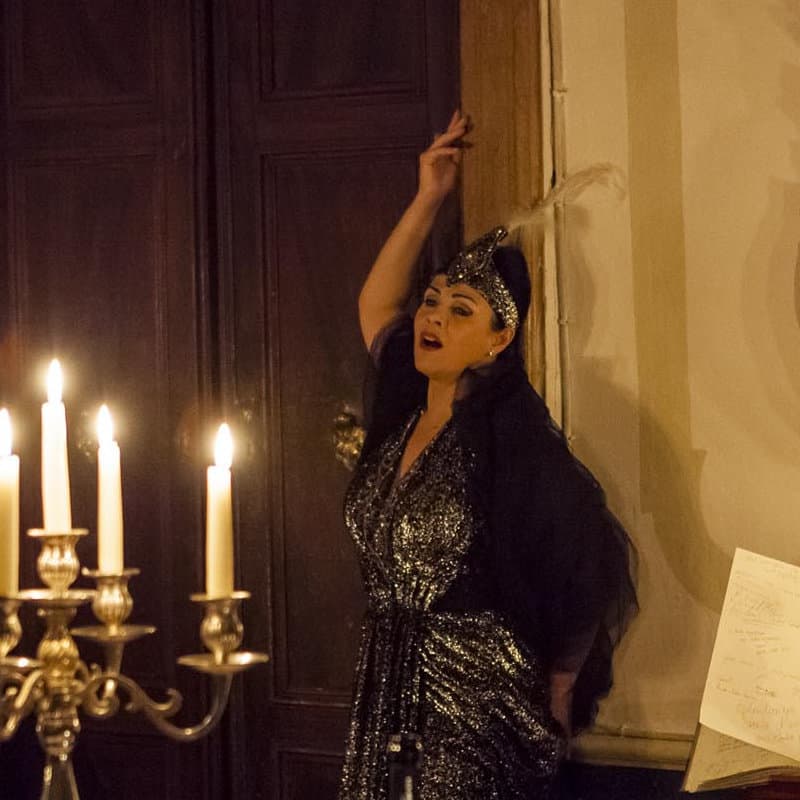Opera in the palaces
In the Baroque era, Venetian Palaces were places where music was an integral part of parties and receptions. The Cantate or allegorical serenades were performed together with Opera although with a commemorative purpose: Monteverdi himself wrote the famous Combattimento di Tancredi e Clorinda performed in 1624 at Palazzo Mocenigo. Six years later, in the same palazzo, Proserpina Rapita by Monteverdi, with the text by Giulio Strozzi, was performed. Opera performances in the palaces were only for a selected audience and limited to the friends of the noble family who arranged the event.
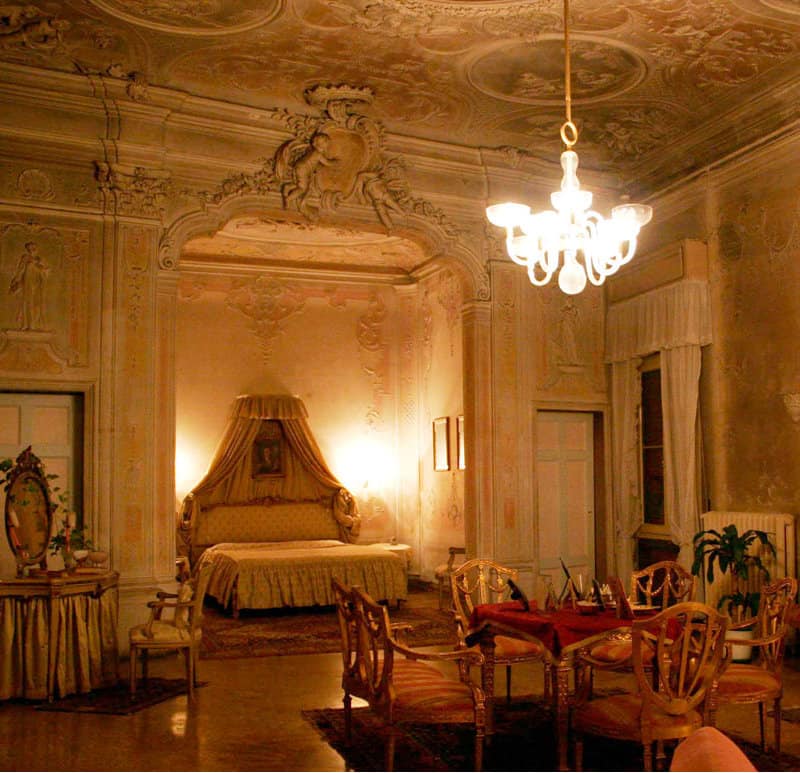
The first public mucical theatre was created
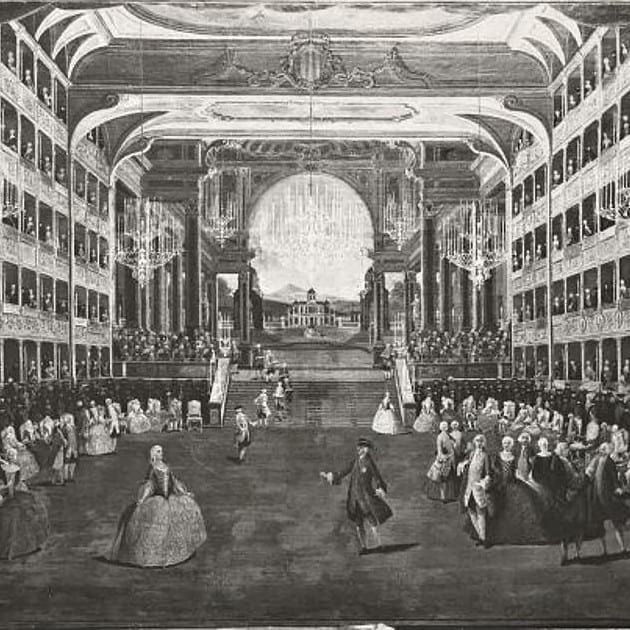
In 1636 an extraordinary fact bound to change the history of opera occurred in Venice: the Tron family obtained the permission from the Council of Ten to rebuild the San Cassian Theatre (burnt in a fire). It was no longer a theatre for comedies and the family was allowed to turn it into an opera house.
The theatre was rebuilt in less than a year and inaugurated in 1637: for the first time in the history of the music drama a public opera house with fee was created.
It was so successful that soon other 16 Theatres were built and during the following century Venice boasted its enviable primacy for being the City of Opera par excellence in all Europe.
Between the opening of San Cassiano Theatre and the opening of the last theatre of the century, the San Giovanni Grisostomo in 1678, more than 150 operas were performed.
Francesco Cavalli and Crespi, as well as Monteverdi, are some of the most important composers in Venice. They had the privilege to launch a new formula of opera, then improved in the future by other composers, whose structural units harmonized the librettist’s and the composer’s contribution. Moreover, in the Seventeenth century in Venice, the da capo aria consolidated the dynamic relationship between the audience and the singers and the figure of the leading lady emerged.
The young Rossini at Teatro S. Moisè
The Teatro S. Moisé was one of the theatres where operas were performed for the first time, a small but very elegant theatre offering high quality music seasons. Here operas by Cavalli, Vivaldi, Albinoni, Galuppi and Rossini were performed.
The young Gioacchino Rossini had his debut when he was eighteen years old at the Teatro S. Moisé with La cambiale di matrimonio [The Bill of Marriage] and, after the great success of this opera, he was applauded for L’Inganno felice; La Scala di seta; L’Occasione fa il ladro and Il Signor Bruschino.
In 1818 the Teatro S. Moisé was closed and sold.
“Had the King-Emperor Napoleon himself thought to honour Venice with his presence, the excitement of his arrival could have done nothing to tear the people away from Rossini” (Stendhal, Life of Rossini).
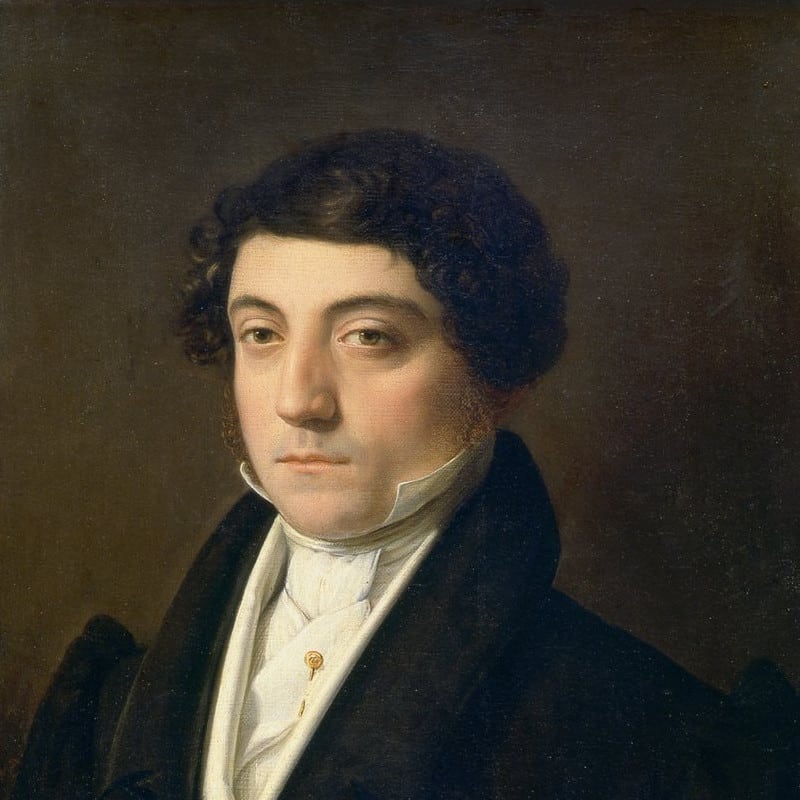
The teatro La Fenice
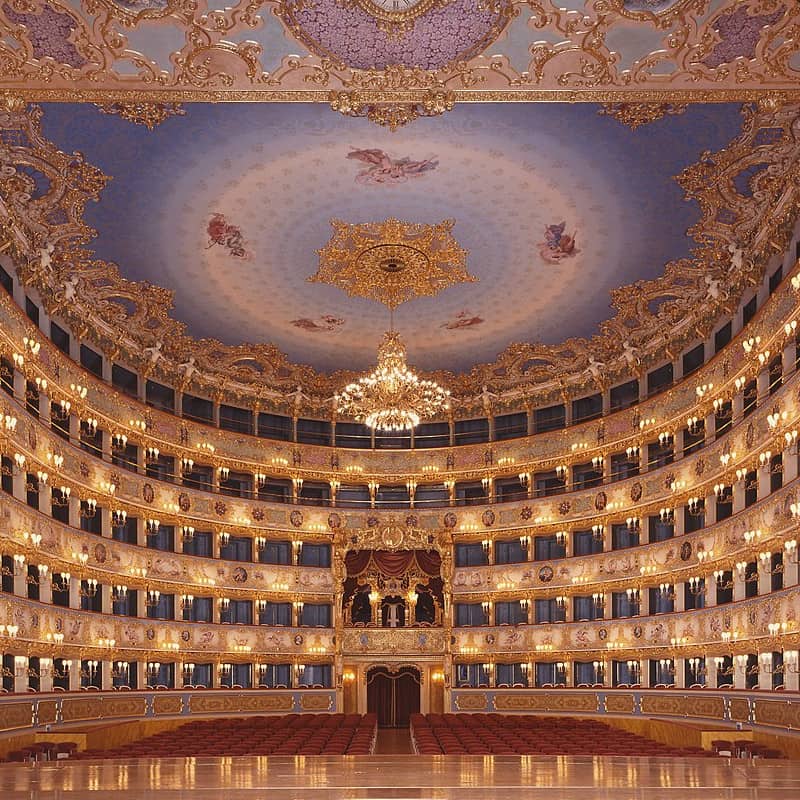
Foto: Pietro Tessarin
There were seven opera houses in Venice in the seventeenth century and in 1773 the greatest of these was S. Benedetto then destroyed in a fire. The judicial dispute between the Venier family (owner of the land on which it was built) and the association owner of the theatre followed the rebuilding and led the latter, after they failed the lawsuit, to rebuild a larger and more sumptuous theatre: the Teatro La Fenice.
The theatre was inaugurated in 1790 and, until 1836, the premieres of a lot of masterpieces like Tancredi and Semiramide by Rossini, I Capuleti e i Montecchi and Beatrice di Tenda by Bellini, Belisario, Pia de’ Tolomei e Maria di Rudenz by Donizetti were first performed.
In 1836 the best Veneto theatre was devastated in a fire.
The structure of the Teatro La Fenice changed during the reconstruction and became even more elegant and beautiful. The theatre will always be considered one of the best Italian and European theatres.
The Teatro La Fenice contributed to write the history of melodrama by hosting the highest number of premieres by Verdi, after the Teatro La Scala.
In the twentieth century the Teatro underwent a lot of restoration projects and in 1987 was rebuilt after a devastating fire.
During the twentieth century a lot of very important premieres like La carriera di un libertino by Igor Stravinskij, L’Angelo di fuoco by Serghei Prokofiev, Il Giro di vite by Benjamin Britten, Intolleranza 1960 by Luigi Nono were here performed
Giuseppe Verdi opera’s in Venice
Giuseppe Verdi wrote five operas commissioned by the Teatro La Fenice: Ernani, Attila, Rigoletto, La Traviata and Simon Boccanegra.
Ernani, whose libretto was written by the Venetian Francesco Maria, was performed on the 10th March 1844 and had a good success in spite of severe Austrian police censorship.
Attila, performed on the 17th March 1846, thrilled the Venetian audience because it told the story of the foundation of the city itself: “It had such a delightful success during the first evening, and became fanaticism during the second” (G. Verdi).
Rigoletto, performed on the 11th March 1851, was Giuseppe Verdi’s great success. For this reason he was called “a genius” by the press.
The premiere of La Traviata was a complete failure though, probably because the performers were not up to the expectations and the libretto was pretty indecent. The opera, inspired by The Lady with the Camellias by Dumas fils, was performed on the 6th March 1853: “La Traviata last night, fiasco. Is it my fault or the fault of the singers? Time will tell!” (G. Verdi)
When the opera was performed once again a year later, it was a great success. The last Verdi’s Venetian premiere was Simon Boccanegra, performed at La Fenice in March 1857. Like the Traviata, the premiere was not really successful. “It was a fiasco just like the Traviata” (G. Verdi) but the applauses were three times as much during the second performance and made it a great success.
Patrizia di Paolo
